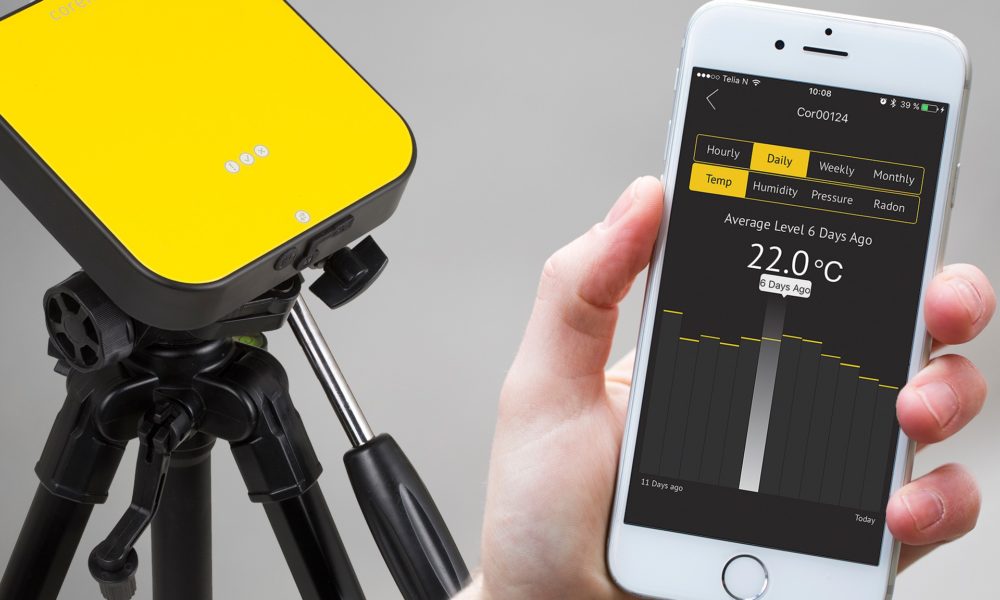
Radon Testing Devices
We use the latest in radon measurement technology. All of our Continuous Radon Monitoring (CRM) devices are approved, calibrated, and documented according to the highest national standard with respect to radon services to operate and install radon measurement and mitigation equipment.
Device Types
There are two types of devices: active and passive. An active device uses power. A passive device does not. These devices are also specific to long or short term tests ranging from 2 days to an entire year. Additionally, multiple devices may be used in a single test to account for bias, accuracy, and precision.
Continuous Radon Monitor (CRM)
Are used to measure radon levels based on an hourly collection rate. They average the radon levels being measured in a home over a 48 hour period or greater and can generate a comprehensive report immediately after the test is completed.
Charcoal Canisters
Charcoal canisters are just as effective as a CRM. They are 4″ flat metal containers that are opened to the atmosphere when actively sampling for radon. The Radon Decay Products (RDPs) floating in the air become trapped in the charcoal substrate over time. The charcoal canister is then sealed after the prescribed amount of time for exposure and then sent off to a certified radon measurement lab to read the results. A report of the results is then forwarded to the customer within 2 weeks.
E-Perms
E-Perms are small plastic jug-like containers that are opened to the atmosphere during testing and then sealed after the allotted time of the test. The E-Perm is then inserted into a portable reader to determine the radon level results.
Others
A variety of other effective and reliable radon detectors can be used in a home, business, or other inhabitable structures depending on the type of test that is being conducted. The other types of devices include charcoal packets, Electret Ion Chamber detectors, alpha-track detectors, charcoal liquid scintillation detectors, and others.
Radon Mitigation Procedures
The equipment needed to install a radon mitigation system depends on the job. The installation process can involve:
- Digging holes around the foundation.
- Drilling holes in walls, floors, roofs, and concrete.
- Hanging ventilation pipes, fans, and other miscellaneous hardware.
- Sealing surfaces, cracks, crevices, and any other opening that serves as an entry point for radon gas.
- Installing electrical service to power the radon ventilation fan.
All of the equipment that is needed to install a mitigation system is readily available to any installer and they are expected to be able to install all pertinent hardware in a clean, efficient, and effective manner.
Mitigation Equipment & Supplies
Most of the equipment used by an installer will include:
- Drills
- Saws
- Hammers
- Ladders
- Shovels
- Adhesives & Sealants
- Measurement Devices
- Fans & Vacuums
- Plastic Membranes
- Fasteners & Brackets
- Plastic Pipe & Couplers
